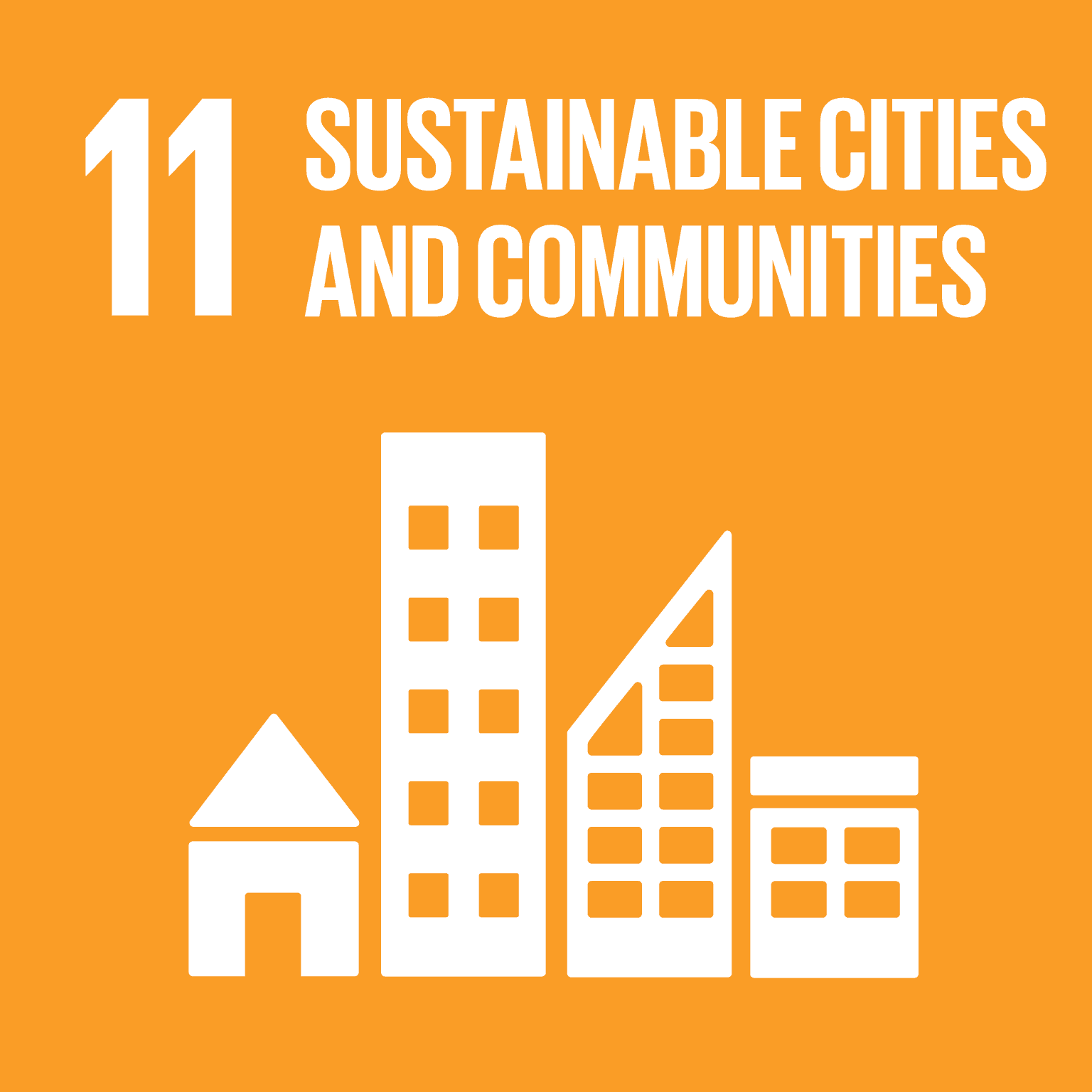


One of the biggest challenges is finding ways to store CO2 safely and permanently. At the same time, vast amounts of industrial waste are still being landfilled, causing significant CO2 emissions and wasting valuable resources. Meanwhile, the construction sector faces a growing demand for materials, while extraction puts increasing pressure on nature and the climate. Without intervention, these problems will continue to reinforce each other. Carbonated materials offer an alternative: they turn CO2 into stone using waste that would otherwise be lost. The carbon is chemically bound in a solid substance that does not return to the atmosphere, not even after hundreds or thousands of years, and can be used directly as a construction material. This makes it not only a climate solution, but also a boost for circular construction.
At four sites across the United Kingdom, more than 500,000 tonnes of Manufactured Limestone (M-LS) are produced annually. This stone is created through a controlled reaction between industrial waste, water, and CO2. The waste used in this process would otherwise end up in landfill. By combining it with CO2, a solid type of stone is formed that can be used directly as a substitute material in concrete, asphalt, and masonry. The chemical binding of CO2 in the final product ensures a permanent form of carbon removal - one of the most secure and long-lasting storage methods available today. The stone remains stable, even under harsh conditions, and delivers a tangible contribution to climate impact.


Mineralization of CO2 is a powerful climate solution, but it comes with challenges. High costs and competition from cheap landfill options make sustainable processing difficult. To make this form of carbon removal economically viable, additional funding is needed. ORCA supports this through the sale of carbon credits. The proceeds are used to scale up production, divert waste from landfill, and increase impact. This project is certified via Puro Earth, the leading platform for engineered carbon removal. Mineralization projects like this are considered reliable and long-term: the carbon remains safely bound in stone, with minimal risk of returning to the atmosphere. The Oxford Principles for Net Zero Aligned Offsetting also recommend offsetting part of emissions through technical, long-term carbon removal. Because these projects are measurable, permanent, and scalable, they represent a vital pillar of effective carbon ofsetting strategies.
